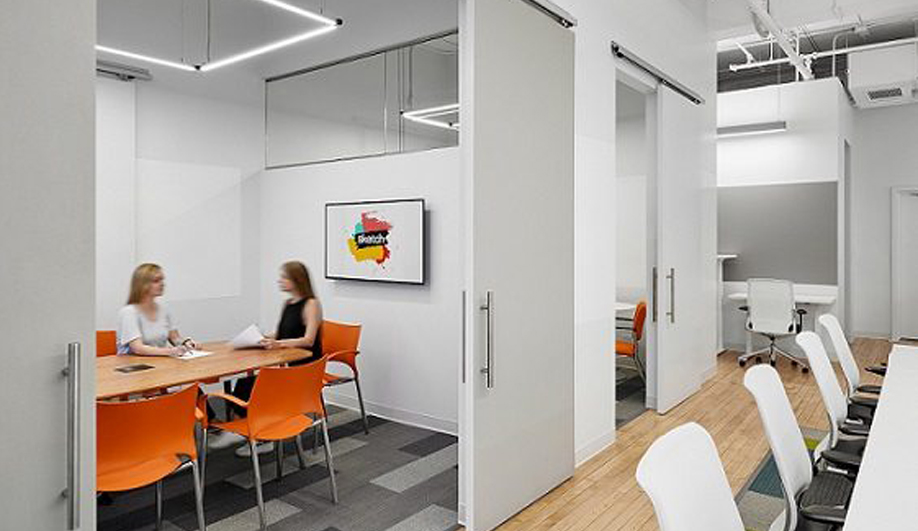It’s 3 o’clock … your eyelids are getting heavy … work is piling up but you just can’t seem to focus. Sound familiar? Sooner or later, everyone can benefit from the afternoon pick-me-up of a good nap.
Be upfront and informed
Nothing leaves a worse impression than being caught asleep on the job. So while we wouldn’t encourage you to sneak off to catch some Z’s in an out-of-the-way supply closet, we do encourage you to be upfront about your need for some rest. Even if you’re napping on your break, giving others a heads-up is the responsible thing to do (plus you avoid looking like you’re asleep at the wheel). Before broaching the subject, though, it’s best to be prepared. Do you have an explanation? Are you covering a double shift or putting in long hours on a special project? Say so. If not, hit them with some knowledge. It’s well documented that an afternoon nap can restore alertness and concentration, lower stress and tension, and improve mood — all of which can increase productivity.
Here’s some science to back you up:
- A 2015 study from Saarland University in Germany found that napping after a session of learning boosted memory retention by up to 500%
- An earlier study from the Federal University of Paraná in Brazil, in which participants were required to creatively solve logic problems, saw success rates double following a nap
- Even leadership is improved: a study cited in the Harvard Business Review added to the evidence that adequate rest is crucial to big-picture thinking, especially when you’re putting in long hours. The prefrontal cortex — the part of the brain responsible for high-level reasoning and pattern recognition — is the first to shut down when fatigue sets in.
Set the scene
If you find yourself needing an afternoon nap often, you may want to lobby for a dedicated area where you can sleep undisturbed (and unobserved). Many workplaces now offer a multi-faith or meditation room — which will do in a pinch — but it’s even better to have a purpose-built place to snooze. A quick internet search of “office furniture for napping” will turn up dozens of results for cozy yet office-appropriate sofas, loungers, daybeds, and “sleep pods” great for nodding off.
Ideally, you’ll want to nap away from your desk (you wouldn’t want to associate your work station with sleeping), in a room with a closing door — perhaps a quiet lounge with a sofa. Privacy is important, and not only for your public image: a study from Brown University showed that even the possibility of intrusion keeps the brain on high alert, and when you’re not sleeping as deeply, the benefits are not as pronounced.
Keep a knit cap or hooded sweatshirt handy; you can pull it down over your eyes for darkness, and it looks slightly less ridiculous than a sleeping mask. Earplugs or headphones (especially noise-cancelling ones) minimize background noise, and in an especially noisy area, white noise can be an effective way to block out disturbances.
Sleep smart
You’ve got the all-clear, you’ve set up your makeshift bedroom — the final step is to make sure you get the most out of your time. Don’t pressure yourself to fall asleep on a schedule — even a “relaxation break” can contribute many of the same effects as sleep. Calm your mind with a few minutes of mediation or reading from a book (not your phone!) before you lie down. Timing can help, too: 2 to 3 each afternoon is when sluggishness peaks, making it the best time for a siesta.
While some people swear that elevating your legs will prevent post-nap sluggishness, research suggests you should sleep on your side or front, or sitting upright, to avoid snoring. Especially if your nap comes right after lunch, you may also find these positions aid digestion.
Don’t forget to set an alarm — and if you’re wearing earplugs, make sure you’ll hear it, or feel the vibration. Better yet, get a reliable coworker to wake you up.
How long should your power-nap be? That depends. If you’re looking to extend your stamina for a long workday, 90 minutes or more is the recommended dose, but it comes at the cost of a post-nap drowsy period. If it’s more alertness you’re after, 20 to 30 minutes should do the trick. For these shorter naps, caffeine can be an ally: drinking a coffee can calm you down in the short term, helping you fall asleep faster — and by the time the caffeine takes effect, half an hour later, you’ll be ready to wake up and tackle the rest of your day with an added kick of energy.


